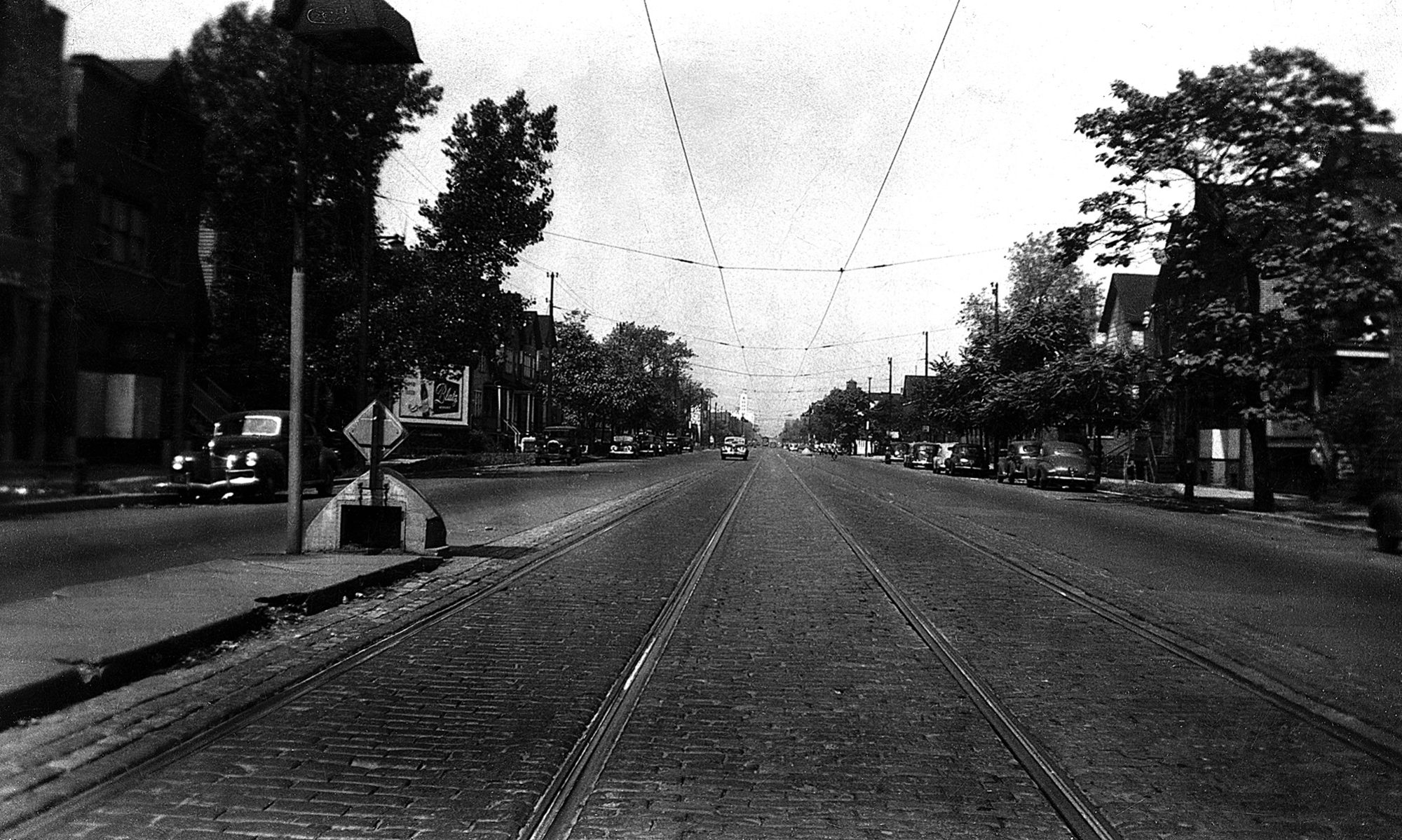When I photo hike on the street I will generally take over a hundred photos. As soon as possible after the shoot, I will sit in front of my computer and select the images that have promise. I move those into a separate folder and import them into Lightroom. In this part of the process I consistently reduce the set of images to about 12% of the original set. It doesn’t seem to matter whether I shoot 150 photos or 500.
In Lightroom I use my personal preset to convert the images to black and white and to make a few adjustments. Occasionally I will retain the color if it is important to the subject. In any case, I only do a minimal amount of processing. Once that is done, I will select the final three to five percent that I will post. From a set of 250 photos, I process about 30 and get about seven that I consider good enough to post.
I have started the practice of deleting everything that I don’t post. In the past I have gone back to review all of the shots that I passed over. I have rarely found the gem that is worth resurrecting and posting. There is always an exception. There are sets of photos that I have had for several years and didn’t give them much thought until I became interested in street photography. In some the composition was good, but the color was awful. Now that I’m doing almost everything in black and white, some of those old photos have gained new life.
When I choose photos for posting I look for something that distinguishes the subject and makes it unique. If I capture the image of someone walking or doing some other common act, I need some other element in the composition to speak to me. Sometimes that element can be in the surroundings, the appearance of a person, or the presence of other people. If the act is itself less common, I look for dynamics and action that make the composition come alive. Sometimes that comes in the form of the subject interacting directly with me as the photographer.
I don’t think that my process is much different than that of other street photographers. The thing that differentiates my work from other street photographers is my approach for capturing images of people, the types of human activities that I enjoy capturing, and consistency in processing so that all of my images have a similar look and feel after I have screened the ones that I like. When I see my small cache depleted, it’s time to go out to the street.
